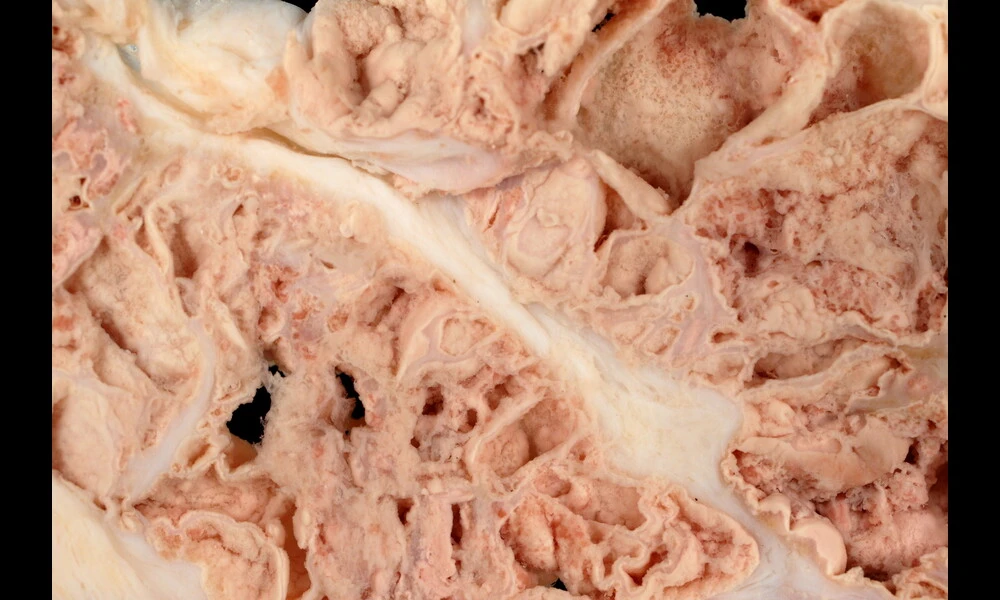New Guideline Unveils Best Practices for Curation of Intrinsically Disordered Proteins in DisProt Database
Published on Thu Jan 01 1970New Guideline Provides Best Practices for Manual Curation of Intrinsically Disordered Proteins in DisProt
Intrinsically disordered proteins (IDPs) and regions (IDRs) play crucial roles in various biological processes, with their unique structural flexibility allowing them to participate in vital cellular functions. To aid in the understanding of these proteins, the DisProt database was developed in 2005 to collect experimentally validated data on IDPs and IDRs from the literature. Now, a new preprint paper titled "Best practices for the manual curation of Intrinsically Disordered Proteins in DisProt" provides detailed guidelines for the careful curation of this valuable database.
The DisProt database has evolved into a major repository that not only collects experimental data but also contributes significantly to our understanding of the roles of IDPs and IDRs in biological processes and diseases, such as cancer and neurodevelopmental disorders. It offers detailed information on the structural states of IDPs and IDRs, including state transitions, interactions, and functions, all provided as curated annotations.
One of the central activities of DisProt is the meticulous curation of experimental data from the literature. To ensure the accuracy and consistency of the collected data, the new guideline aims to provide biocurators and external users with best practices for manually curating IDPs and IDRs in DisProt. It describes every step of the literature curation process and provides use cases of IDP curation within the database.
Biocuration, the curation of biological information, plays a crucial role in capturing the various aspects that characterize IDPs and IDRs. The DisProt database has become a gold standard resource in this area, collecting over 2400 entries across diverse species and biological kingdoms. Expert biocurators carefully sift through scientific literature to gain insight into the structural states, transitions, interactions, and functions associated with IDPs and IDRs.
This new guideline not only illuminates best practices for biocurators but also extends its reach to external users who seek comprehensive insights into the world of IDP and IDR curation. By providing a detailed breakdown of the literature curation process and offering real-world use cases, the guideline fosters a comprehensive understanding of the curation process and underscores the importance of DisProt in advancing the knowledge of IDP biology.
The guideline covers all aspects of curation processes, including data prerequisites, structural ontologies, literature retrieval strategies, functional annotations, and submission procedures. Additionally, it exemplifies the curation of specific well-known IDPs, such as ATG8-interacting protein 2 and RAF proto-oncogene serine/threonine-protein kinase, to showcase the various aspects of IDP and IDR curation within the DisProt framework.
By following these best practices for manual curation, DisProt can continue to provide accurate and comprehensive information on IDPs and IDRs, furthering our understanding of their roles in biological processes and diseases. With this wealth of curated data, researchers can delve deeper into the world of intrinsically disordered proteins and unlock new insights that may have significant implications for fields such as medicine and biotechnology.



